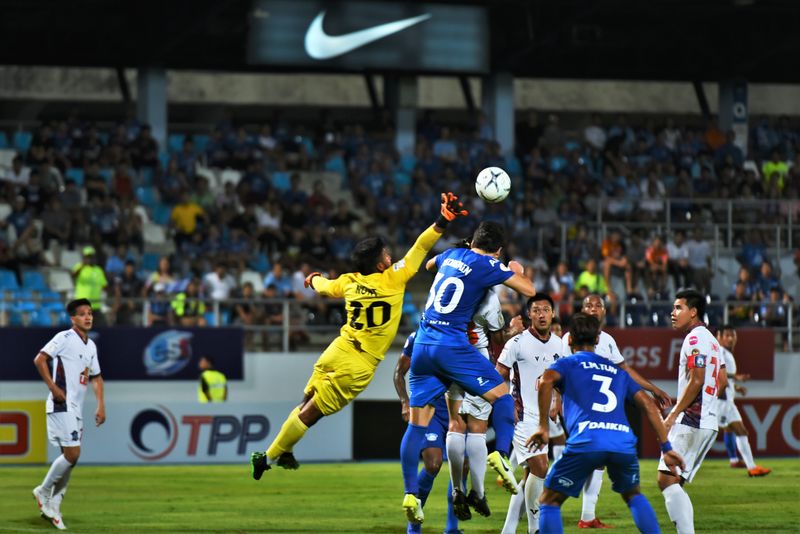Soccer is accessible to anybody.
It's great for fitness, mental health, and building friendships.
Keen to get involved, but don't know where to start?
What Do I Need?
You don't need a lot of equipment to play soccer, and you probably have a lot of it already!
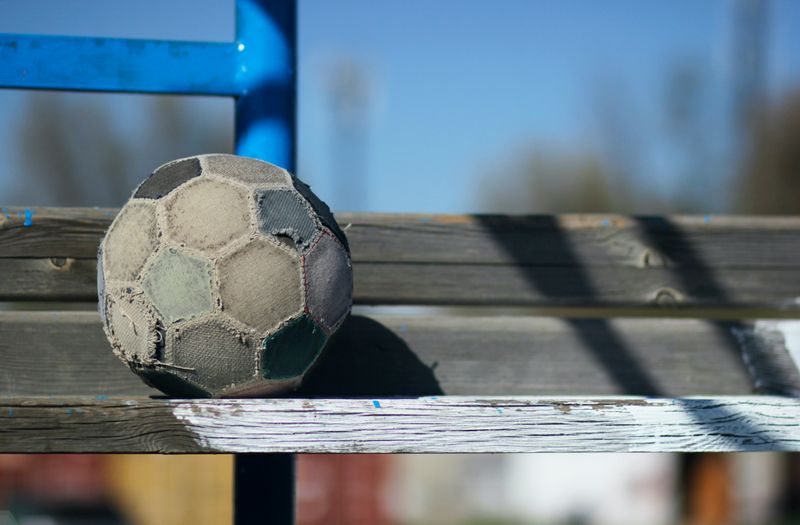 Photo by Jonathan Greenaway on Unsplash
Photo by Jonathan Greenaway on UnsplashAs a minimum, you'll need:
Light, comfy clothes — what you'd be comfortable doing other sports in
Trainers with good grip
A soccer ball
While not essential for getting started, you may want to eventually get:
Soccer cleats — spiked shoes to keep your grip while running
Gloves — for goalkeepers
Shin pads — to protect your shins from accidental kicks
Plastic cones — to use as ground markers for practice drills
Quiz
Adriana wants to practice her skills on weekends with her friends, but she's not ready to join a team yet. What gear should she buy?
Where Can I Play?
Almost anywhere! Maybe not in space, though (yet!).
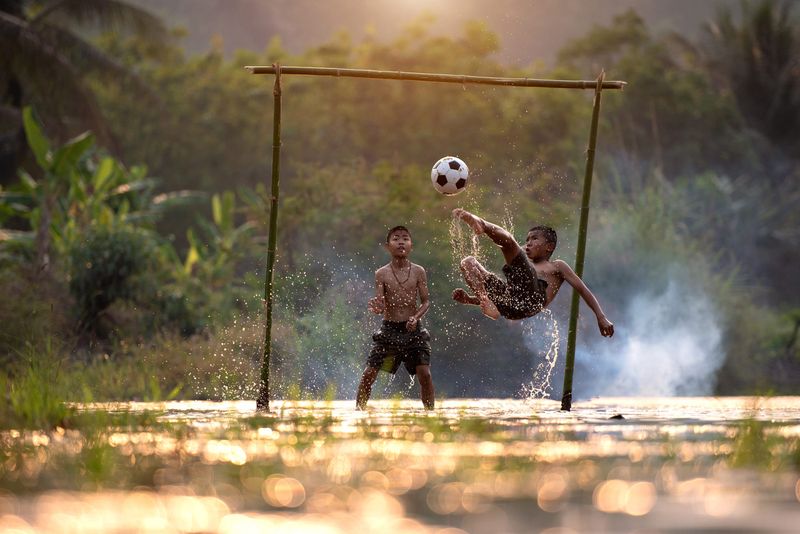 Photo by VietNam Beautiful on Unsplash
Photo by VietNam Beautiful on UnsplashSome accessible places you can play:
Parks — probably the easiest to find and offers the most space
Beaches — if you want to play barefoot in the sand
School playgrounds — make sure to check with the caretaker first
Gardens/patios — mind the plants!
Gyms — see if you can book a pitch or court at your local gym
Streets — stay safe!
How Do I Play?
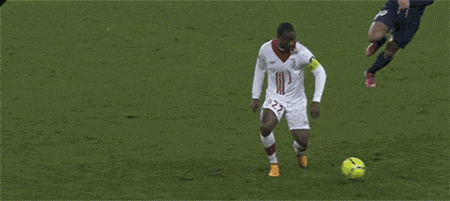
Individually: Practice shooting into a goal or dribbling the ball.
In pairs: Pass the ball to each other or have one person go in goal and try to save shots.
Larger groups: Play in small teams against each other or practice the above drills with more people.
A mix of the three is best to develop techniques in private and then put them into action against others.
Learning And Improving Skills
There are many skills to learn and these can be improved with practice, but the basics are easy to pick up for beginners.
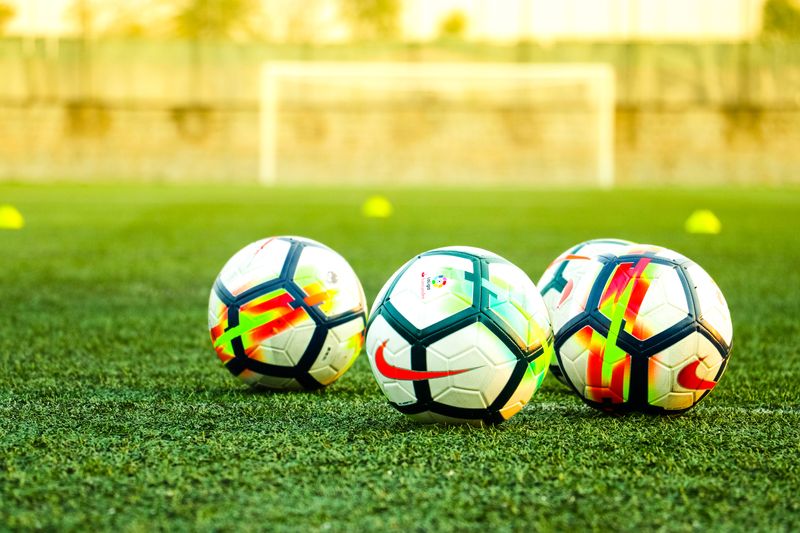 Photo by Travel Nomades on Unsplash
Photo by Travel Nomades on UnsplashBeating the goalkeeper: Shoot before you get too close to the keeper. Use the inside of your foot for better accuracy.
Basic passing and receiving: Use the inside of your foot to pass the ball and the same when receiving to control the ball.
Controlling more difficult balls: Practice trapping the ball by having a partner throw balls at you from various heights, angles, and speeds.
Taking the ball with you: Run with the ball, taking small touches and trying to keep it as close to you as possible.
Protecting the ball: Use the underside of your foot to pull the ball back away from defenders.
Check out this video for a visual guide to learn and improve the skills above.
What Are The Positions/Roles?
In a typical match, there are 11 players on the pitch for each team.
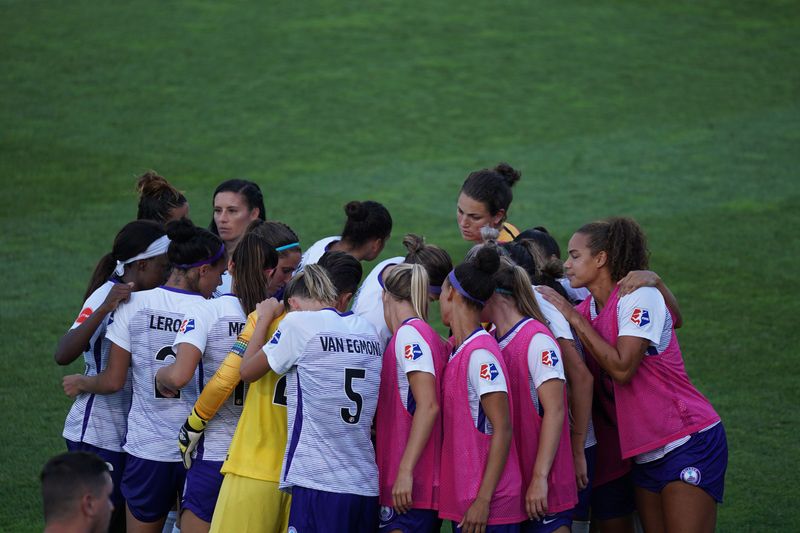 Photo by Jeffrey F Lin on Unsplash
Photo by Jeffrey F Lin on UnsplashEach team is divided into different types of players. With the exception of the goalkeeper, the number of each type of player on the field can vary based on "formations".
These are the main tasks for each player:
Goalkeeper — stop opposition goals (can use hands)
Defender — stop opposition attacks (can't use hands)
Midfielder — provide a link between attack and defence
Striker — score goals against the opposition
Quiz
You're a defender and you have the ball. A striker from the other team is about to attack you. Your strikers are really far down the field. What's your best option?
Rules And Matchplay
Having fun and developing new skills should be your focus. When you do want to start playing competitively, here are three of the most important rules:
The aim for each team is to score as many goals past the opposing team in the allotted time (90 minutes).
Only the goalkeeper can use their hands (with some exceptions). Outfield players must use their head, chest, or feet to "play" the ball.
When your team breaks rules, "free kicks" and "penalties" are awarded to the opposition to give them a temporary advantage.
These should get you started, but if you want to learn the rest of the rules, this video has you covered.
Take Action
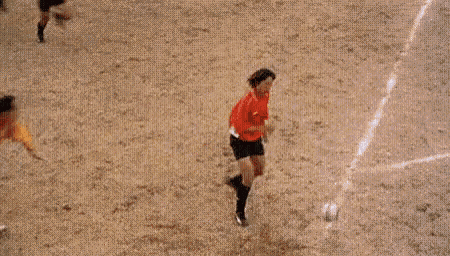
Great job! It's ok if you're not playing like Cristiano Ronaldo or Lucy Bronze just yet. Focus on understanding and practicing the basics, then improving bit by bit. Most of all: have fun!
Before you kick off...
Your feedback matters to us.
This Byte helped me better understand the topic.

